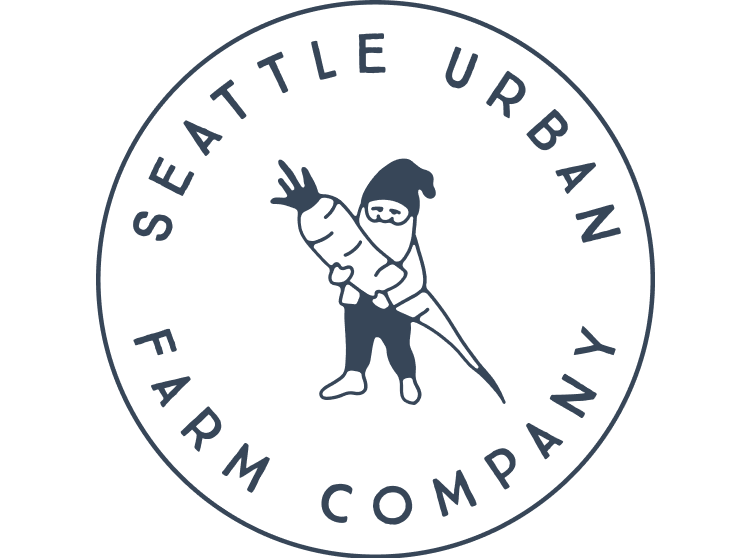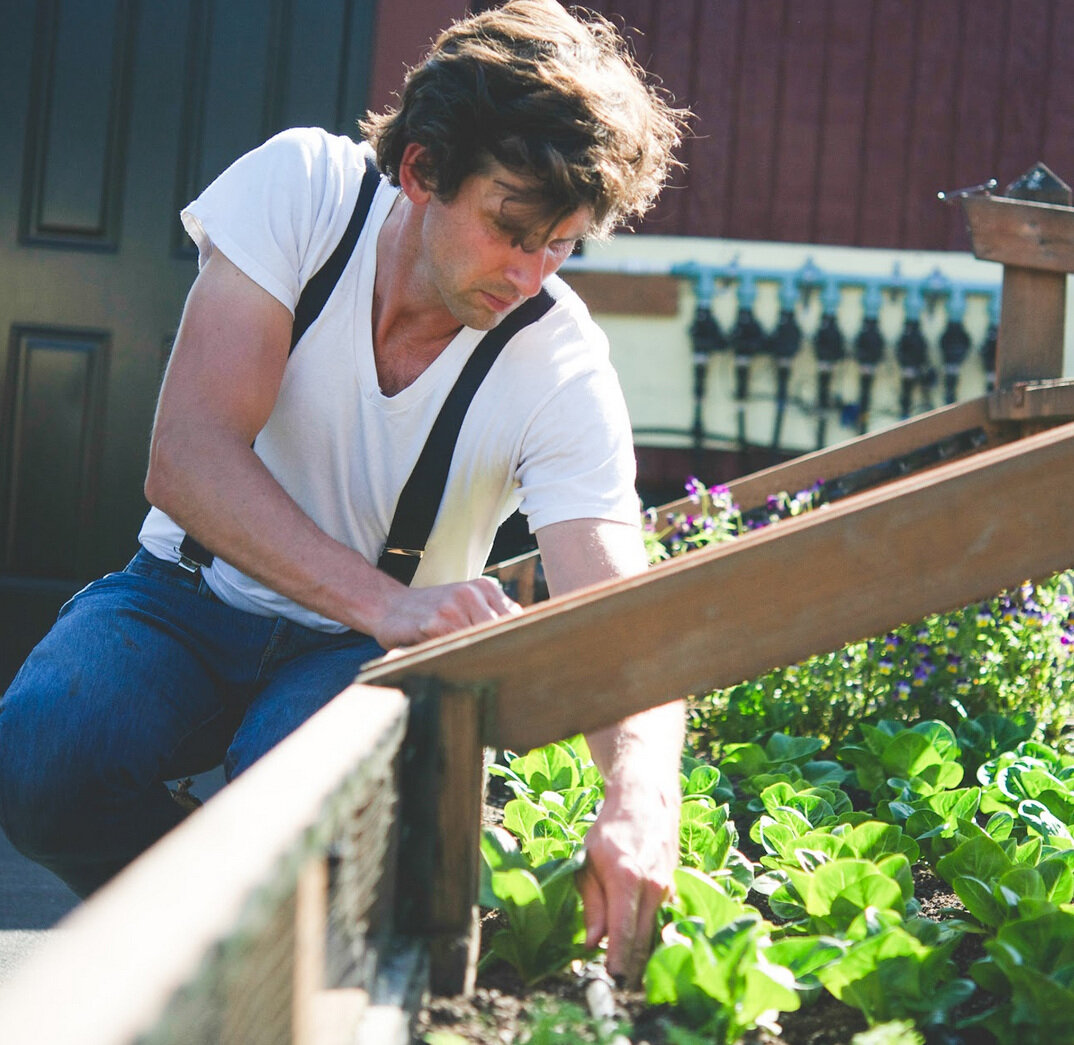I think it’s time we have a talk about cilantro. This popular herb is quite possibly the most misunderstood crop in the vegetable garden. If you’ve ever said something akin to: “I can’t grow cilantro. Whenever I try, it bolts right away!”, you’re not alone. Many people have a hard time growing cilantro and some have given up entirely. But all is not lost. With a little bit of planning, it’s possible to harvest perfect cilantro from the garden virtually any time of year.
Like basil and dill, cilantro is an annual herb, meaning that it needs to be replanted in the garden every year. It’s important to note that plants categorized as “herbs'' come in all shapes and sizes. Being an “herb” has much more to do with how the plant is used in the kitchen rather than how the plant grows in the garden. Herbs can be large, woody perennials, herbaceous perennials, biennials, or annuals. The lifespan of any species depends largely on the climate, but cilantro is a particularly peculiar case because of its surprisingly short productive life in just about every climate.
So, you’re not alone when your cilantro bolts, because cilantro always bolts, even under ideal conditions. It should provide some level of relief to most gardeners that fast-bolting cilantro is not an indication that you did something wrong, it’s simply the inevitable growth habit of the crop.
Cilantro grows like a short-lived annual vegetable crop, similar to lettuce and arugula. Given its short lifespan and predilection to bolting, cilantro grows best from seed. Even though most garden nurseries sell transplants in four-inch pots, you’re much better off picking up a packet of seed and sowing it directly in the garden. When selecting seeds, look for a variety labeled as “slow bolting.” It would probably be more accurate to say “slower bolting”, because no matter what variety you select, it’ll still bolt relatively quickly.
Cilantro seed is huge, so it's very easy to see how thick and how evenly you’ve seeded it. It’s best to seed wide and short rows of cilantro, an average planting might be a row about 2” wide and 12” long. These short rows should be seeded frequently and consistently to ensure a steady supply of the crop. If you want usable cilantro from the garden all season, direct seed a 12” row every 1 to 2 weeks.
Cilantro makes a great addition to the fall garden!
Even though the mature plant is very tolerant of cold weather and can survive light frosts, cilantro does not germinate well in cold soil, so start seeding in mid-spring once soil temperatures are above 50 degrees and continue all the way through early fall, coinciding with your last plantings of salad greens. Here in zone 8A, this is usually around mid-September. Surprisingly, these late season plantings will often last throughout the winter and into early spring, the only time of year when the crop holds well in the garden.
During the spring and summer, it’s important to cut the leaves down as soon as they’ve reached harvestable size. The leaves won’t hold long in the garden, so once the plants have reached about 5-8” tall, cut them down to 1” stems with scissors or a sharp knife. If harvested at this stage, the stems will send up a new flush of leaves. A healthy planting of cilantro should yield 2 or 3 cuttings before the plants are too stressed to produce new, healthy leaves. Remove the planting immediately after the third cutting to make room for a new crop in the garden.
You should cut cilantro plants as soon as they are ready for harvest even if you don’t think you’ll be able to use all of the leaves immediately. They’ll often store longer in the fridge than in the garden. By harvesting leaves at their peak, you’ll set the plants up to begin growing another flush of leaves. For continual cilantro harvest, it’s actually better to harvest leaves and compost them (if you can’t use them all), than to leave them on the plants. If left more than a few days, they will bolt, ruining your chances for a good second or third growth from the planting.
Honeybees and other pollinators and beneficial insects love cilantro flowers!
If you’re succession planting cilantro through the season, you may choose to let one or more of your plantings flower and go to seed. The flowers are beautiful and great for attracting beneficial insects to the garden. As you may know, the seed is used in the kitchen as coriander.
To get a year’s supply of coriander seed, simply let a few plantings bolt, flower and set seed. The coriander seed is ready to harvest when the plants have turned brown and the seed fully dried. The entire lifecycle from direct seeding to coriander harvest should be about 3 months.
Saving cilantro seed to plant or to use in the kitchen as coriander is easy!
In short, to go from a no grow to cilantro pro grower: select a slower bolting variety, direct seed into the garden, succession short rows every 1 to 2 weeks, harvest often, and let several plantings bolt for a bonus crop of coriander.






